IPPCAAS Elucidates the Mechanism of Pyroxasulfone Phytotoxicity to Subsequent Maize and Proposes Mitigation Strategy
The Pesticide Application Risk Control Innovation Team of the Institute of Plant Protection, Chinese Academy of Agricultural Sciences (IPPCAAS) has carried out a series of studies on the environmental behavior and remediation of phytotoxicity risks caused by the long-persistence herbicide pyroxasulfone. The work systematically revealed the potential risks of pyroxasulfone and its soil transformation products to subsequent maize seedlings, and proposed a mitigation strategy using biochar to enhance adsorption and promote microbial degradation. The results have been published in the leading environmental journals Biochar (5-year IF 14.1) and Journal of Hazardous Materials (5-year IF 12.4), providing both theoretical basis and technical support for farmland soil pollution assessment and remediation.
Pyroxasulfone is a selective herbicide registered in China only for controlling Solanum nigrum in cotton fields. Due to its high persistence in soil and potential to cause phytotoxicity in rotation crops, it has drawn considerable attention. Previous studies mainly focused on the parent compound, with little known about its transformation products and associated risks. Using high-resolution mass spectrometry-based non-targeted screening combined with molecular docking and dynamics simulation, the team elucidated the degradation pathway of pyroxasulfone in Xinjiang farmland soils, determining its soil half-life as 39.6–89.5 days, and identified a phytotoxic transformation product, TP297. TP297 showed a stronger binding affinity (−26.57 kcal/mol) to the key carotenoid biosynthesis enzyme PDS than pyroxasulfone (−23.15 kcal/mol). Pot experiments confirmed that both pyroxasulfone and TP297 impaired chloroplast structures and photosystem II function in maize leaves, leading to photosynthetic damage and revealing a “hidden” phytotoxic risk. These findings highlight the necessity of incorporating transformation products into environmental risk assessment and crop safety evaluation.
Building on this, the researchers further investigated the mechanisms by which biochar enhances adsorption and stimulates microbial degradation of pyroxasulfone and TP297. Rice-husk biochars produced at different pyrolysis temperatures (BCR) were systematically evaluated. Results showed that 2% BCR500 significantly increased soil adsorption capacity (Kf raised by 1.30–3.73 times) and accelerated degradation rates, reducing soil half-lives by 30–45% for pyroxasulfone and 22–47% for TP297. Sterilized vs. non-sterilized soil treatments confirmed the major contribution of microbial activity. High-throughput sequencing revealed that biochar’s porous structure promoted the enrichment of degradation-associated microbial taxa (e.g., Sphingomonas, Lysobacter, Pseudonocardia), improving microbial abundance and interaction networks, alleviating the negative impact of pyroxasulfone on microbial communities, and enhancing soil self-purification capacity.
This research provides important evidence for understanding the mechanisms by which biochar reduces pesticide pollution in agricultural soils and offers optimized strategies for its practical application.
Dr. Wu Chi (Associate Professor, IPPCAAS) is the first author, with Dr. Chen Feng (joint PhD student, China–Belgium program) as co-first author, and Prof. Liu Xingang (IPPCAAS) as the corresponding author. The studies were supported by the National Key R&D Program of China (2023YFD1701305, 2024YFD1701101), the NSFC International Cooperation Project (32261133527), the Norwegian project SINOGRAIN III, and the Basic Research Fund of IPPCAAS (S2025XM17).
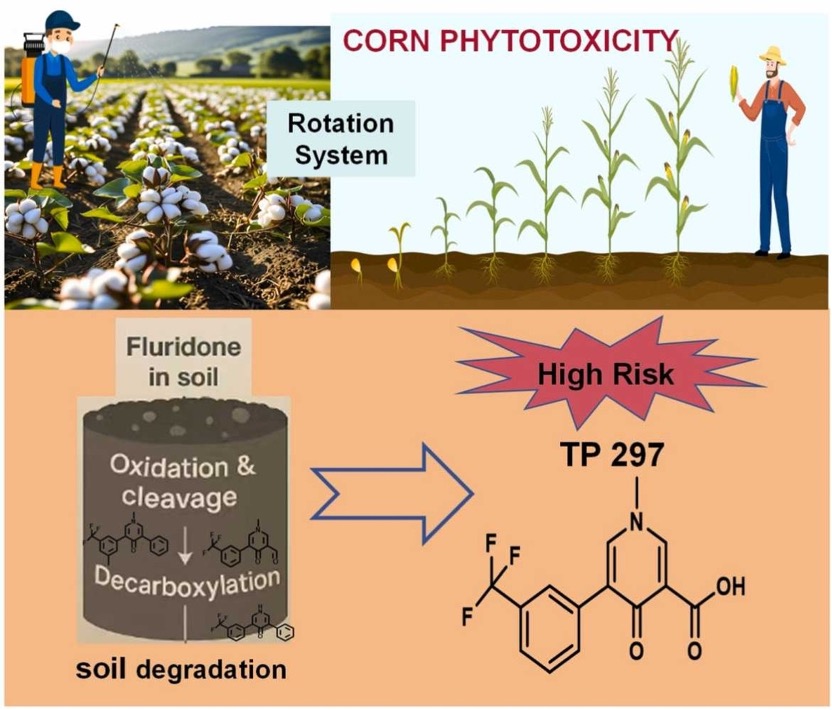
Figure 1. Potential hidden phytotoxic risk of the pyroxasulfone transformation product to maize
Links:
1. https://www.sciencedirect.com/science/article/abs/pii/S0304389425021685?via%3Dihub
2. https://link.springer.com/article/10.1007/s42773-025-00469-9
-
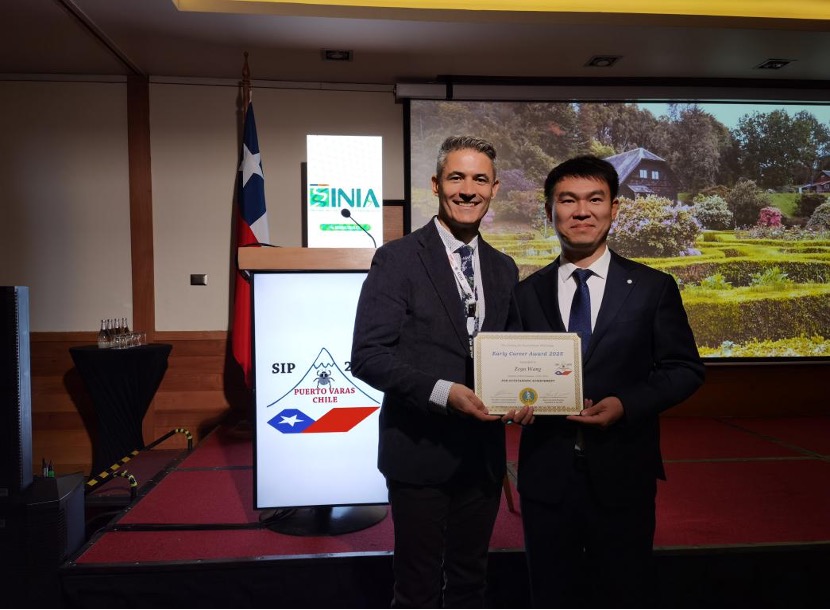 IPPCAAS Expert Wins the Society for Invertebrate Pathology Early Career Award
IPPCAAS Expert Wins the Society for Invertebrate Pathology Early Career Award -
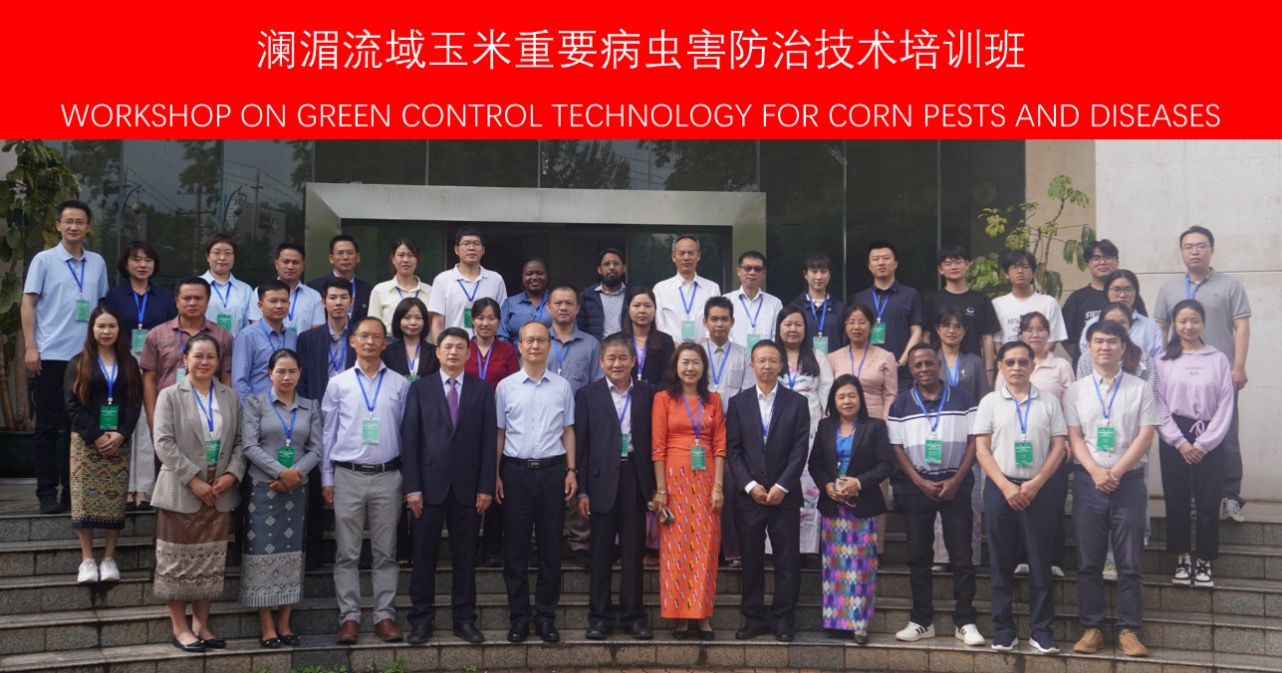 Workshop on Green Control Technology for Corn Pests and Diseases in the Lancang-Mekong Region successfully held in Kunming
Workshop on Green Control Technology for Corn Pests and Diseases in the Lancang-Mekong Region successfully held in Kunming -
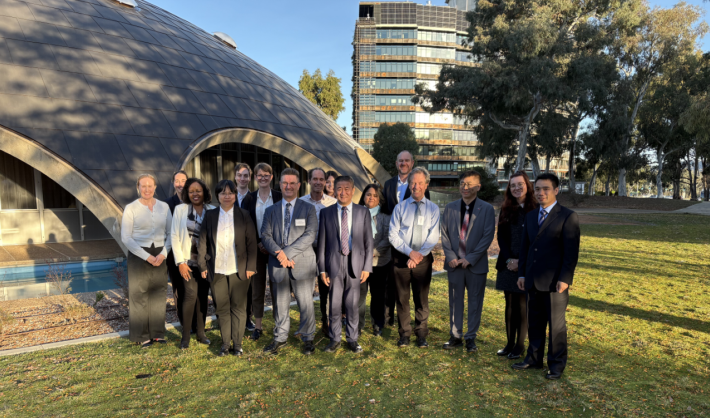 IPPCAAS Experts Visit Australia to Promote In-Depth China–Australia Cooperation in Plant Biosafety
IPPCAAS Experts Visit Australia to Promote In-Depth China–Australia Cooperation in Plant Biosafety -
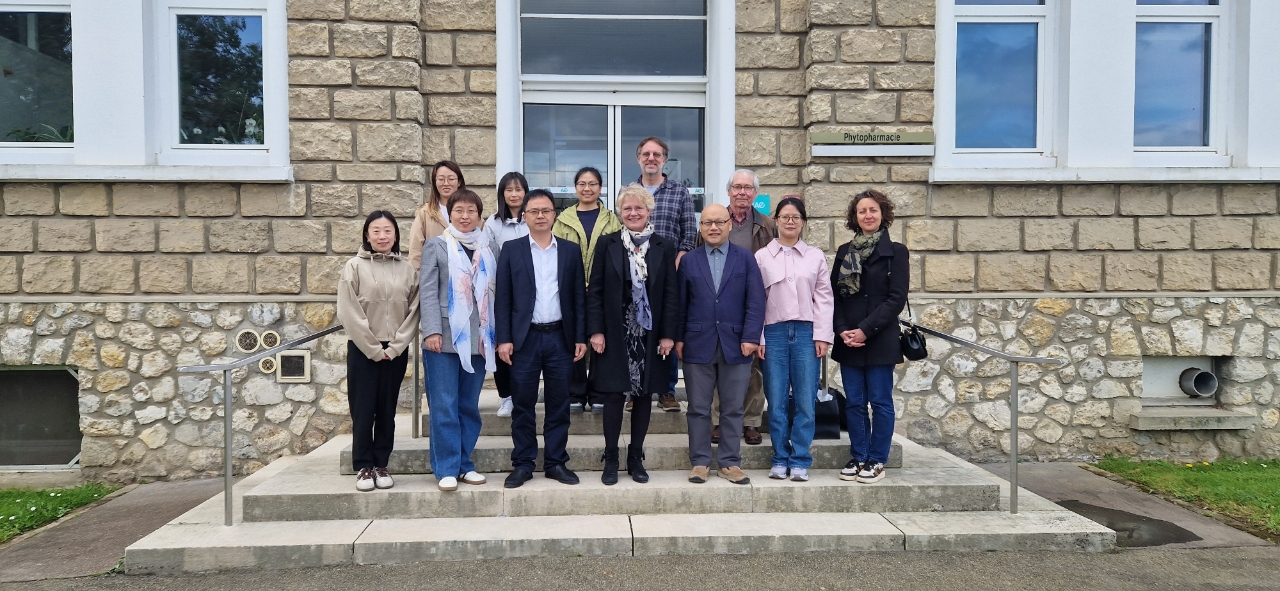 China-France cooperation in plant protection was further strengthened
China-France cooperation in plant protection was further strengthened
